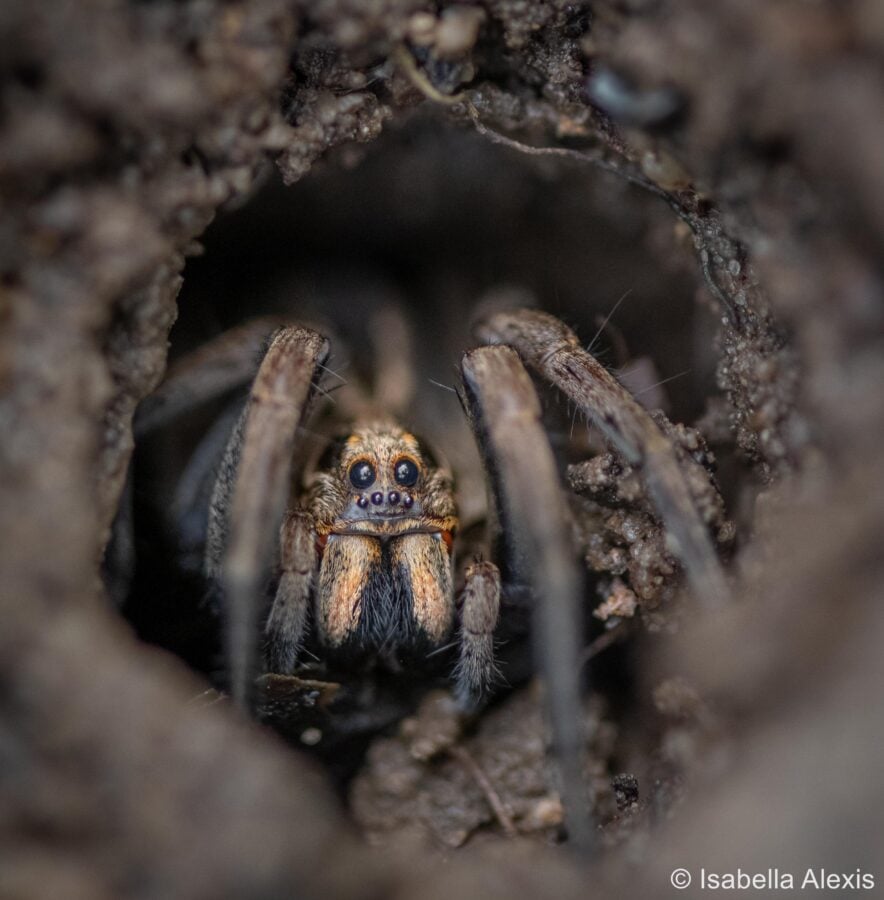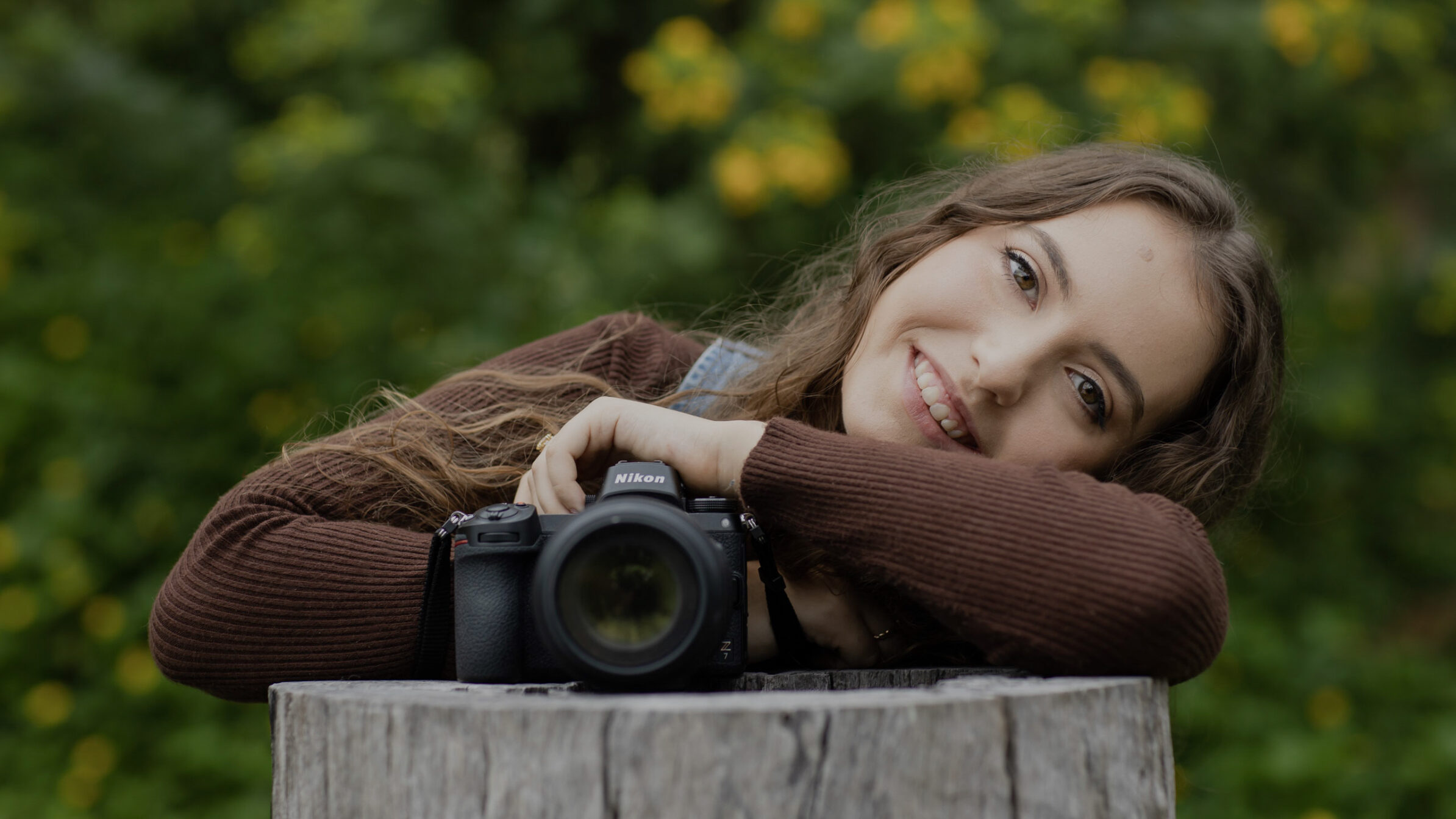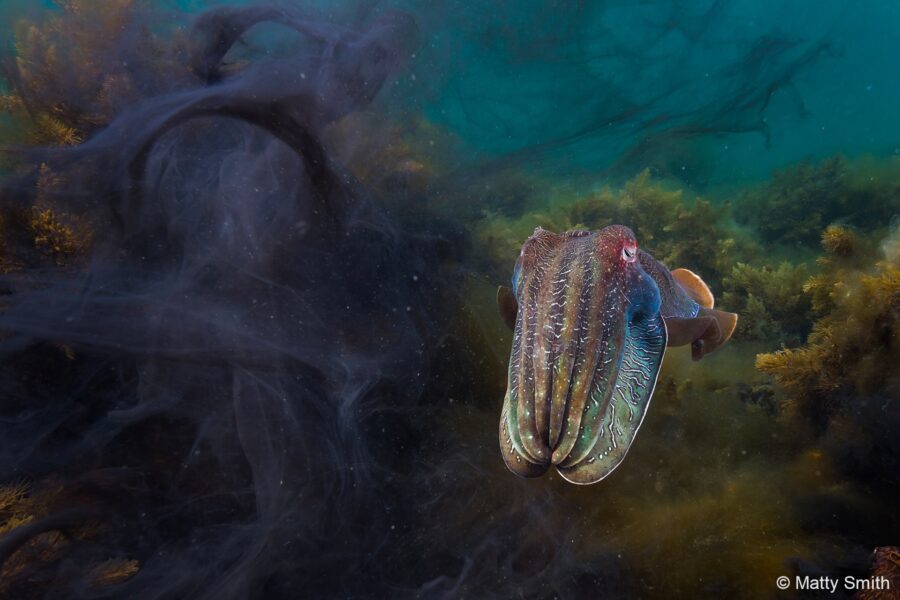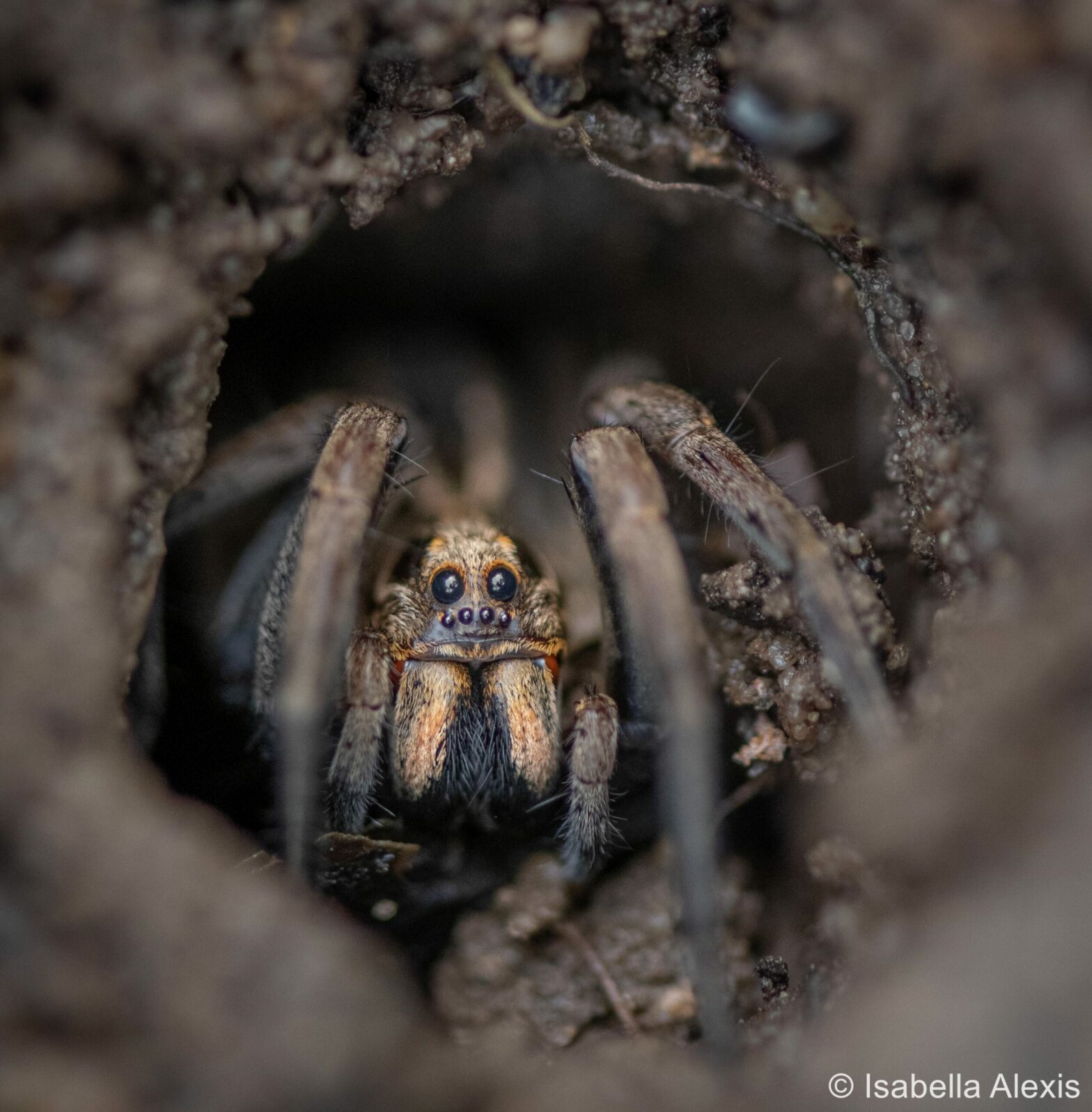[ad_1]
October 10, 2023

‘Hidden Courage’ by Isabella Alexis.
This forms part of a series of Q&As with winning photographers from this year’s Australian Geographic Nature Photographer of the Year awards.
Isabella Alexis was crowned the winner of the Junior category in the 2023 Australian Geographic Nature Photographer of the Year (AGNPOTY) competition.
Her winning image, titled ‘Hidden Courage’, shows a wolf spider moments after her spiderlings hid behind her, “the moment she became a courageous mother in my eyes,” says Isabella.
Can you tell us the back story of this photo?
Possibly a bit disorientated from having the leaves covering her home washed away in a rainstorm that afternoon, this female Wolf Spider was guarding the entrance and looking to collect near by leaves to recreate it’s cover. She had a multitude of tiny babies on her back and chose to stand her ground while I approached and spent time photographing her.
Where is it taken, and what led you to this site?
My journey with photography began in the garden of our home. We lived in Buderim which is known as a beautiful garden village and our garden had been established about 40 years ago. I had planted a veggie garden as part of a school project just to the right of a bank. A bank where taking a break from homeschool classes I wandered looking for insects and bugs. It had just rained and had destroyed some of the inscect homes that I had been watching for a few weeks, but it also exposed this Wolf Spiders home.
Were you unexpectedly there or had you planned to cover this moment?
My camera is always close by so I regularly linger in the green spaces among my daily activity. Whether at Uni or home I tend to survey the invertebrates in their environments, follow their life cycles, colonies and have it mapped in my mind who is doing what, where in their tiny kingdoms. I often spend months watching individual insect species or family groups and get to know their behavious and life timelines prior to actually photographing. Having spent months watching multiple insect species
What are the technical challenges of photographing this kind of scene?
Macro is a wonderful subject matter as it slightly changes everything a photographer thought they knew about photography. This scene in particular challenged my use of aperture – when you get to such a magnified scale the tiny slither that’s in focus at f/5.6 is only millimetres long, so to delicately balance yourself physically and critically decide if there’ll be enough context to the environment for the audience is a thin tight rope walk.

How did you prepare to take this image?
I often spend months watching individual insect species or family groups, studying their behaviours and life timelines prior to actually engaging in the process of photographing them. It is important to me not to isolate them from their natural environment in any way but to include elements of it in my compositions so that each image is like insect street photography, as often the environment provides context, habitat information and more association with the viewer as to where they may find them in nature.
Did you have special equipment?
I use a Nikon Z7 mirrorless camera which is both quiet and light, allowing me to linger in and among nature without imposition or disruption. I photograph only on manual exposures and manual focusing allowing me full control of all imaging parameters and possibilities. I do minimal post editing using lightroom. Occasionally I’ll create an image using a flash, but this is the exception rather than the usual.
Have you covered this topic/subject before?
Macro photography might’ve discovered me instead. Growing up with a mother as a photojournalist I secretly promised myself to never become a photographer, become my own individual instead…This however clearly didn’t last long. By the age of 14 I decided to try out mum’s camera to shoot the blooming flowers for a local photography competition, and turns out two of those images ended up exhibiting in the Queensland Museum…ever since then I never turned back!
Why is this form of photography important to you?
Macro wildlife photography is like venturing into a miniature world teeming with enchanting wonders. With each click of the shutter, a portal opens to reveal the hidden beauty and intricacy that often escapes the naked eye. This specialised form of photography is a dance of delicate details and refined composition, where every frame captures a symphony of textures, colours, and life and often breaks down a persons fear of the tiny creatures who are often thought as predators or pests.
Any additional thoughts?
One of the major motivations of photographing the world of tiny invertebrates is to take away the fear of them, highlight their very valuable purpose in our ecosystem and encourage us to consider sustainable ways of co-existing alongside of them to protect and advocate for their sustainability.
 Related: Winners: 2023 Australian Geographic Nature Photographer of the Year
Related: Winners: 2023 Australian Geographic Nature Photographer of the Year
[ad_2]
